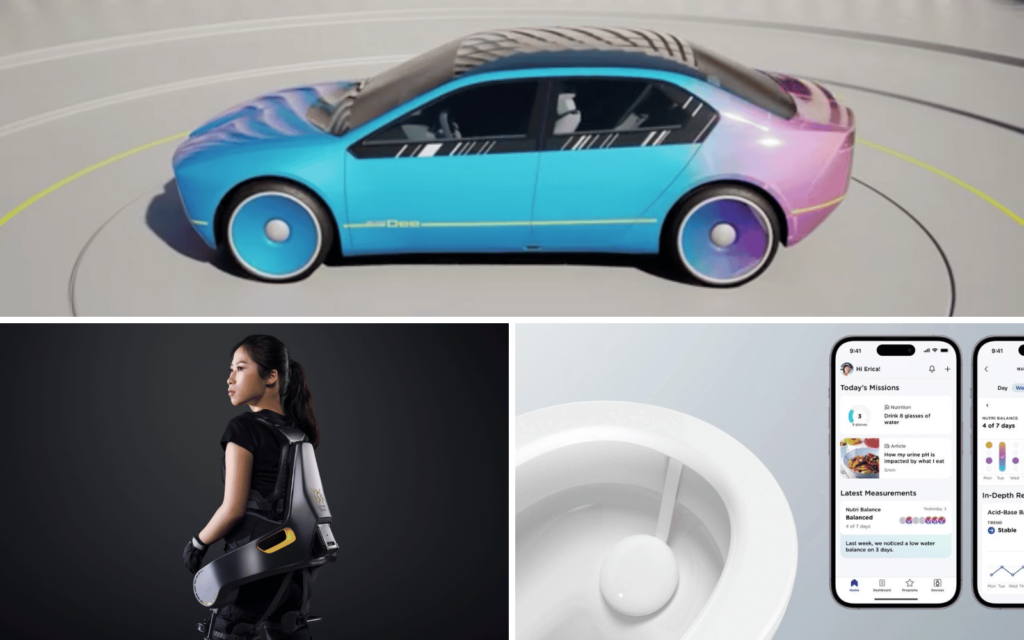The largest mass-attendance technology event of the year has come and gone. The Consumer Electronics Show has reentered hibernation for another twelve months. It’ll be back in Las Vegas from 9 to 12 January 2024. Yes, the dates are set already. But CES 2023 is, technically, still around and it’s absolutely worth talking about.
With 2,200 exhibitors roaming the halls of CES 2023, there’s an awful lot on show. Some of it is strange. Some of it will never make it to the retail space. The very best of it is, inevitably, made by companies with the money and time to throw at large amounts of innovation. We can’t run down the best item each exhibitor had at their stands, but we can point out the very highlights of a tech-packed CES 2023. Here they are.
MSI Titan GT77HX 13V
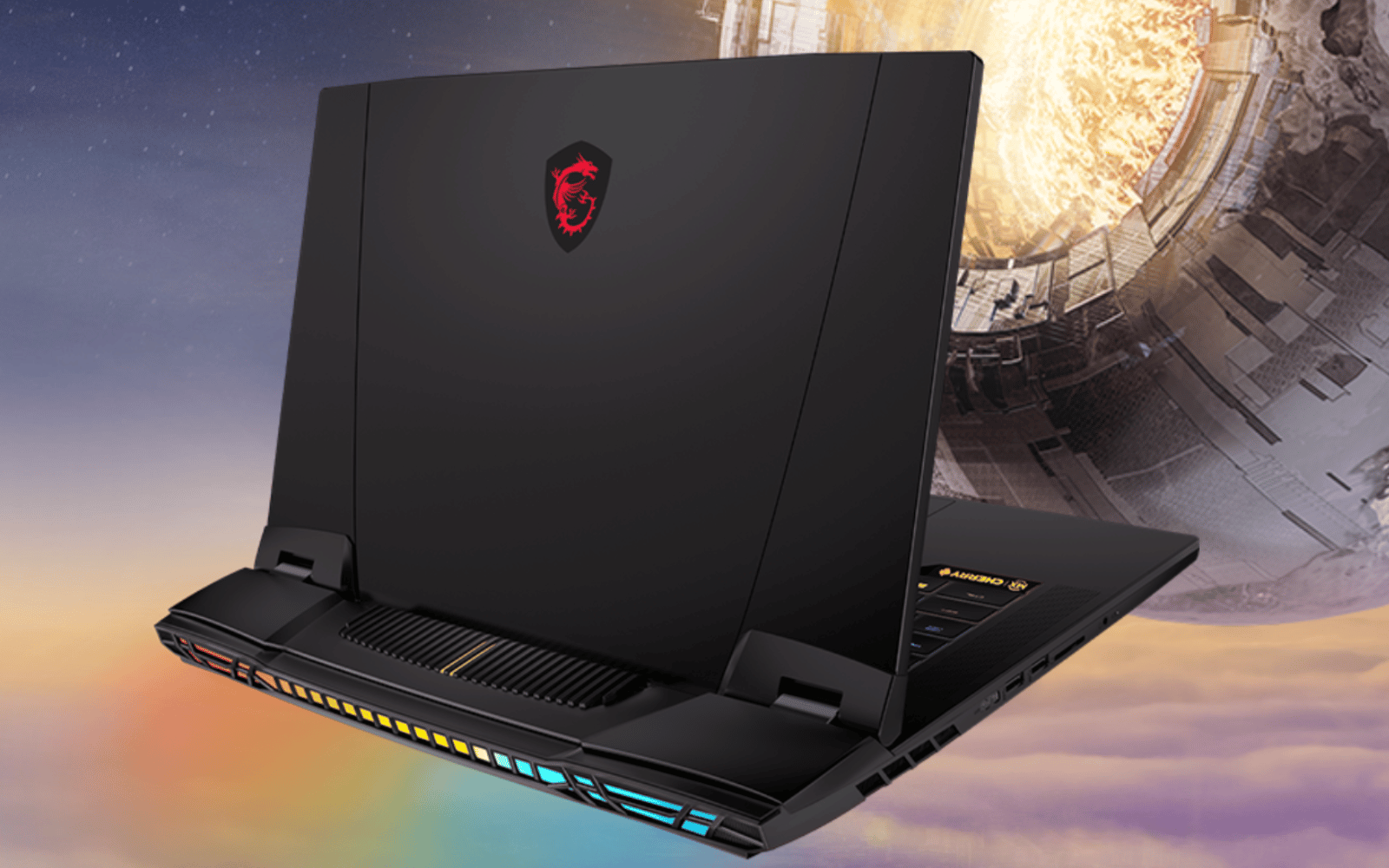 There were many, many laptops introduced at CES 2023. Some of them, it could be argued, tried harder to innovate than others. But we’ve always been suckers for absolute raw power and that’s what MSI’s newest Titan is out to provide. There’s Intel’s newest Core i9 HX processor (which accounts for part of the Titan’s designator), up to 128GB of DDR5 RAM, and also Nvidia’s 16GB RTX 4090 GPU. Oh, all right, there’s a 12GB 4080 option as well. Two screen options — both 17.3in — offer either a QHD 240Hz ISP panel or a 4K miniLED screen operating at 144Hz. An integrated Steelseries-made Cherry Mechanical keyboard with per-key RGB, a smattering of the same lighting around the rear vents, and MSI’s own network components round out this 3.3kg monster. Everyone in the market might be using similar internal hardware but MSI always manages to make its Titan look so aggressive.
There were many, many laptops introduced at CES 2023. Some of them, it could be argued, tried harder to innovate than others. But we’ve always been suckers for absolute raw power and that’s what MSI’s newest Titan is out to provide. There’s Intel’s newest Core i9 HX processor (which accounts for part of the Titan’s designator), up to 128GB of DDR5 RAM, and also Nvidia’s 16GB RTX 4090 GPU. Oh, all right, there’s a 12GB 4080 option as well. Two screen options — both 17.3in — offer either a QHD 240Hz ISP panel or a 4K miniLED screen operating at 144Hz. An integrated Steelseries-made Cherry Mechanical keyboard with per-key RGB, a smattering of the same lighting around the rear vents, and MSI’s own network components round out this 3.3kg monster. Everyone in the market might be using similar internal hardware but MSI always manages to make its Titan look so aggressive.
Lenovo Yoga Book 9i
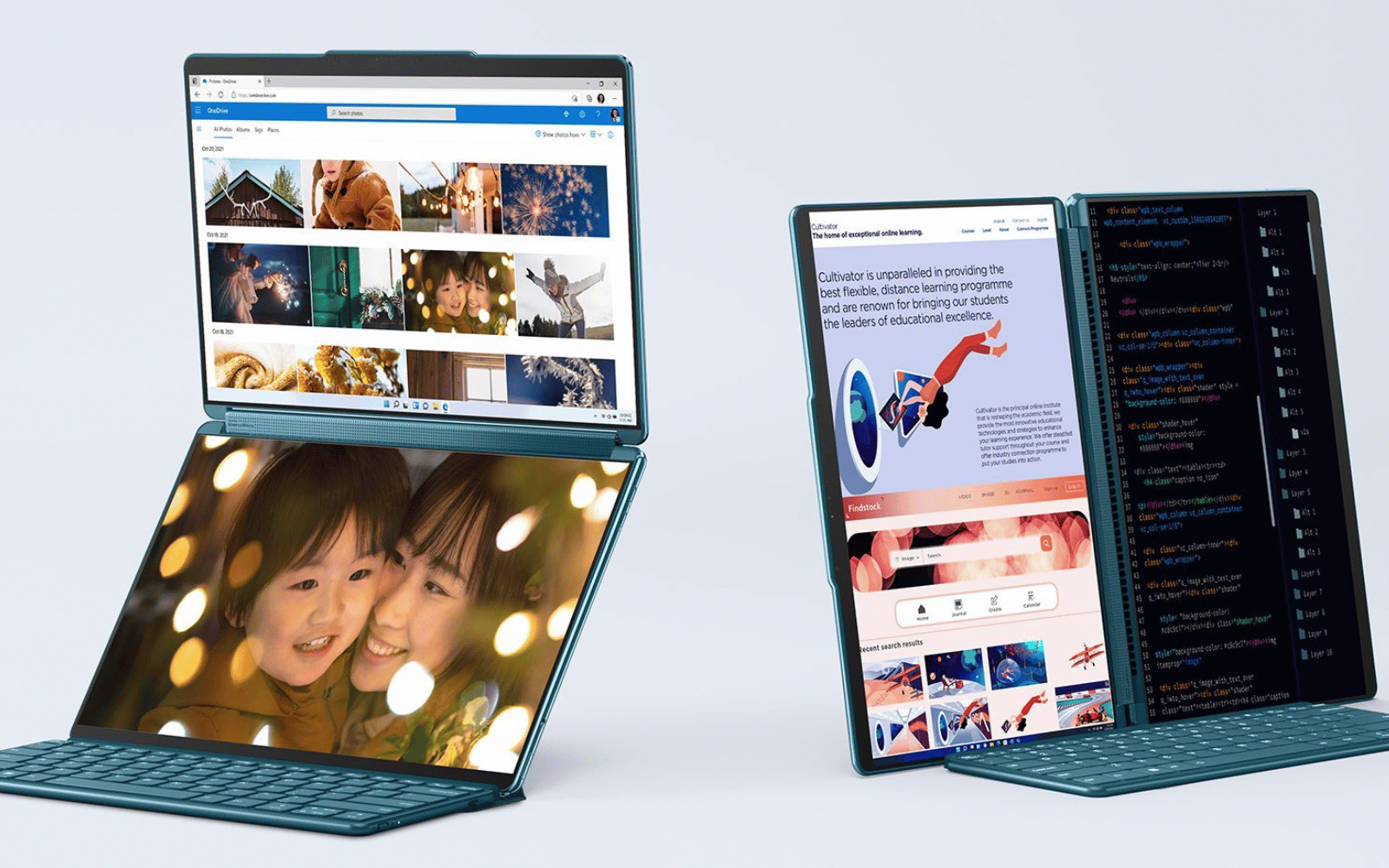 Laptop makers are trying various experiments in the hope of freshening up a design that hasn’t changed all that much since about 1981. Mostly, it’s an essay in making the old form factor a little more inconvenient than it was before. Well, Lenovo’s entry is also more inconvenient than previously but it’s a little less so. The new Yoga Book 9i, introed at CES 2023, stacks two OLED displays facing each other, the bottom screen replacing the keyboard. A physical keyboard is possible, obviously, and offers some interesting use cases. Those use cases can also be solved by adding a monitor to a standard laptop but let’s not mention that right now. Lenovo’s design, at least, doesn’t have to contend with complicated hinges and fragile folding screens. As with everything else on this list, we’d love to try it out at least once.
Laptop makers are trying various experiments in the hope of freshening up a design that hasn’t changed all that much since about 1981. Mostly, it’s an essay in making the old form factor a little more inconvenient than it was before. Well, Lenovo’s entry is also more inconvenient than previously but it’s a little less so. The new Yoga Book 9i, introed at CES 2023, stacks two OLED displays facing each other, the bottom screen replacing the keyboard. A physical keyboard is possible, obviously, and offers some interesting use cases. Those use cases can also be solved by adding a monitor to a standard laptop but let’s not mention that right now. Lenovo’s design, at least, doesn’t have to contend with complicated hinges and fragile folding screens. As with everything else on this list, we’d love to try it out at least once.
Project Leonardo
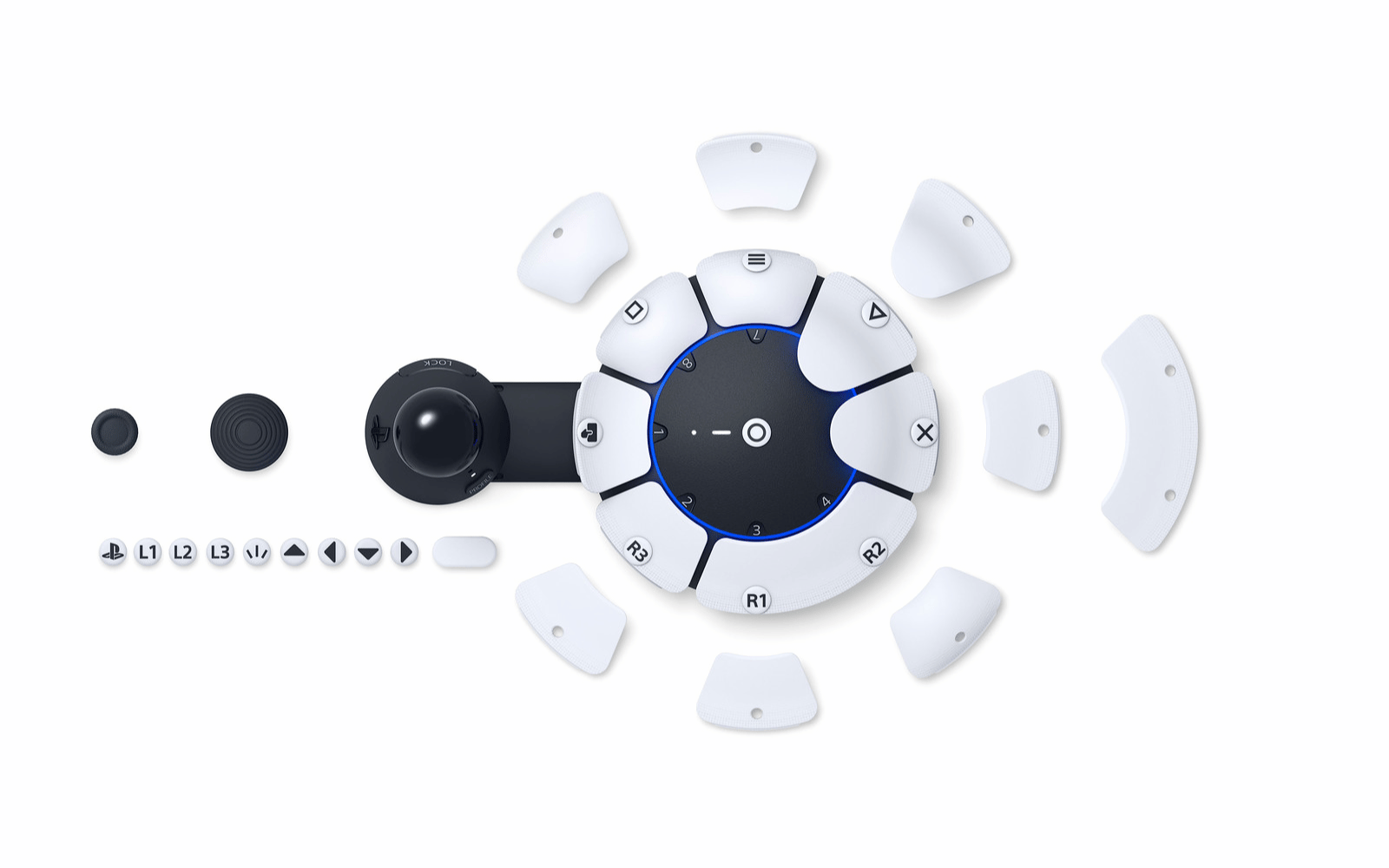 Sony’s accessible video game controller was an early CES 2023 star, with the additional advantage that it’ll certainly become a reality. Project Leonardo is a wholly customisable controller for the PlayStation 5, able to function in several configurations. It’ll help players who just need a slight hand, working alongside a DualSense, or it can replace a stock controller completely. For those with serious mobility needs, two can operate in tandem, a completely customisable button layout providing options for folks with just about any disability. Buttons can be grouped too, allowing for finer control over games. The only downside? There’s no official launch date for Leonardo just yet.
Sony’s accessible video game controller was an early CES 2023 star, with the additional advantage that it’ll certainly become a reality. Project Leonardo is a wholly customisable controller for the PlayStation 5, able to function in several configurations. It’ll help players who just need a slight hand, working alongside a DualSense, or it can replace a stock controller completely. For those with serious mobility needs, two can operate in tandem, a completely customisable button layout providing options for folks with just about any disability. Buttons can be grouped too, allowing for finer control over games. The only downside? There’s no official launch date for Leonardo just yet.
German Bionic Apogee
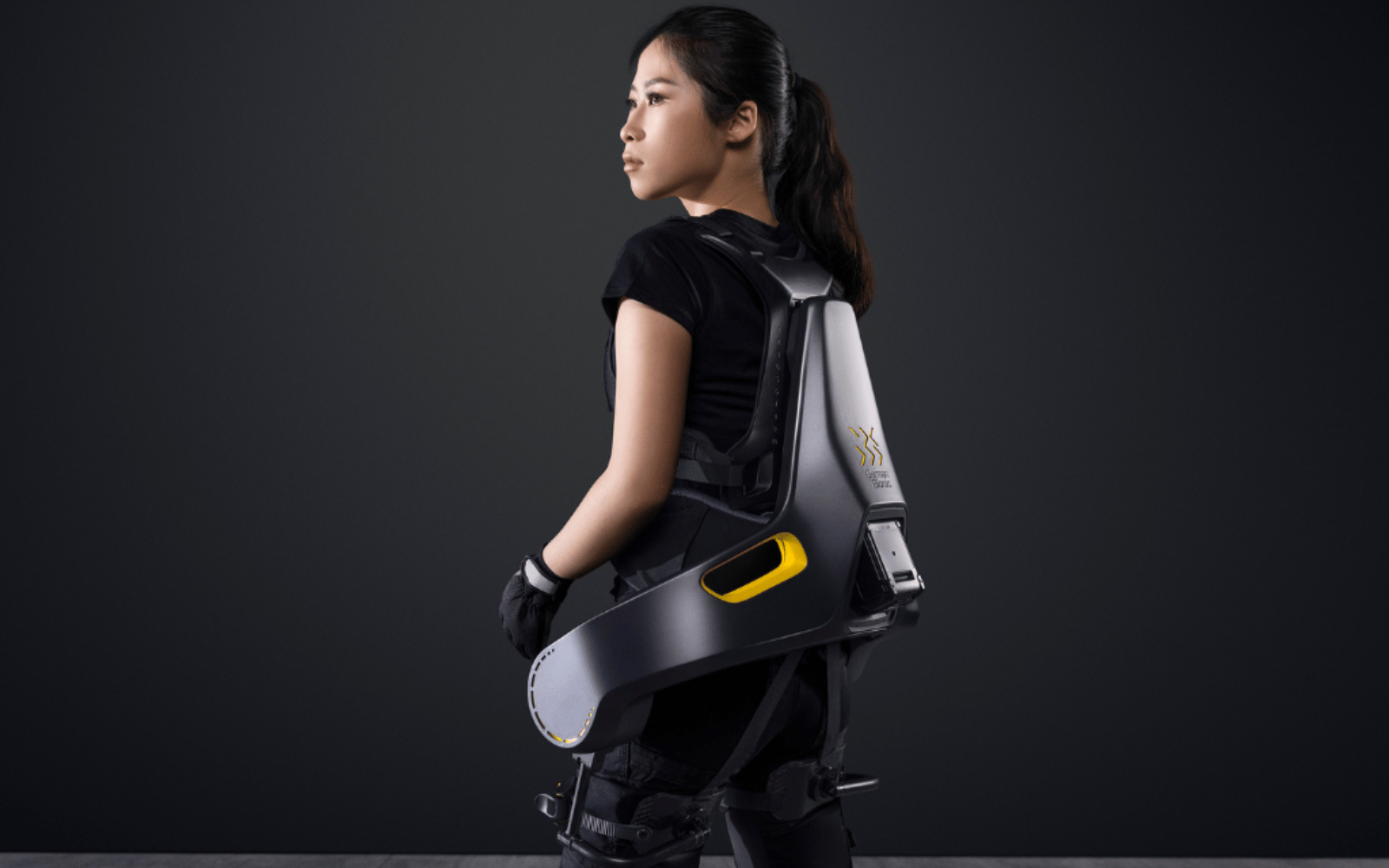 Mankind has been promised exoskeletons for some time now. German Bionic might just be the company that popularises them. Apogee, debuted at CES 2023, is the outfit’s entry into the world of human assistance devices. But don’t go getting too excited. It won’t let you double jump up to an elevated vantage point, but if you’re lifting and carrying all day it could be just what the doctor ordered. Literally. It’s designed to help those carrying heavy loads around all day. Think warehouse workers and folks who offload trucks. Apogee is able to compensate for up to 30kg of weight and it does so with a lightweight design that’s simple to get on and off. The only thing holding it back? It might be cheaper and easier for companies to burn through workers than it is to provide them with decent assistive gear. Isn’t capitalism fun?
Mankind has been promised exoskeletons for some time now. German Bionic might just be the company that popularises them. Apogee, debuted at CES 2023, is the outfit’s entry into the world of human assistance devices. But don’t go getting too excited. It won’t let you double jump up to an elevated vantage point, but if you’re lifting and carrying all day it could be just what the doctor ordered. Literally. It’s designed to help those carrying heavy loads around all day. Think warehouse workers and folks who offload trucks. Apogee is able to compensate for up to 30kg of weight and it does so with a lightweight design that’s simple to get on and off. The only thing holding it back? It might be cheaper and easier for companies to burn through workers than it is to provide them with decent assistive gear. Isn’t capitalism fun?
Samsung MicroLED CX
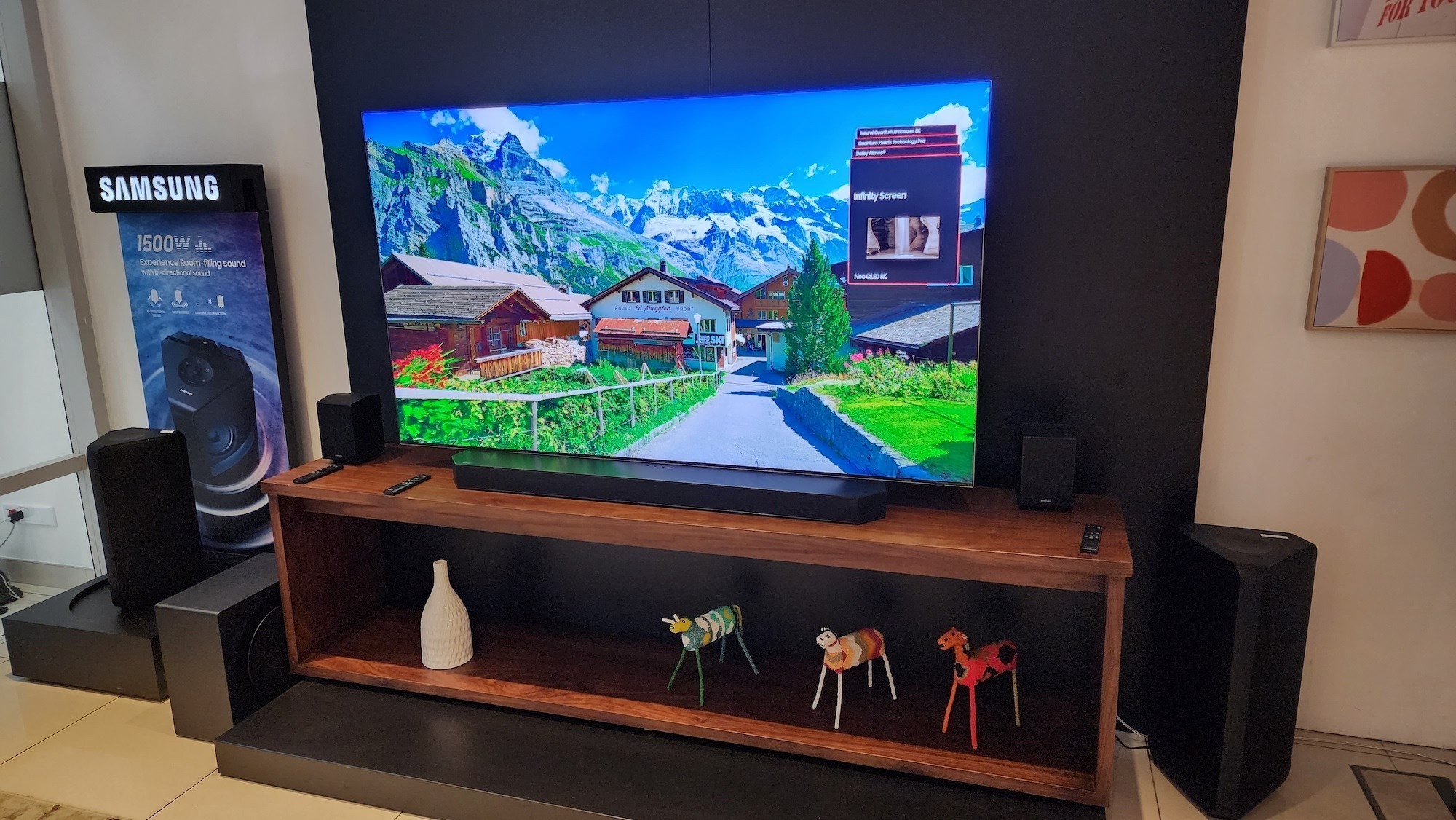 Samsung is bringing its microLED TVs to South Africa. That’s no secret (we hope). CES 2023 was where the South Korean tech maker opted to show off its latest crop, which is bound for a global launch in the coming months. Of particular note is the 76in Samsung MicroLED CX, a TV that we’re pretty sure won’t arrive in South Africa over the next twelve months. Nor will the 63in and 50in versions with Samsung’s microLED tech, but nobody’s getting that in 2023 so that’s fine. Why the CX is notable, though, is that it’ll be Samsung’s first TV of its sort that won’t require a professional to come in and set it up for you. It’ll still be a good idea… but you can do it on your own if you want to. Other microLED advantages remain in place — burn-in isn’t a problem, it’s brighter than OLED, and it offers black reproduction that’s almost as accurate as organic LED. There’s also a 2ns response time and 240Hz variable refresh rate to look forward to, assuming you’re one of the few who make enough money to afford one. Ah, well, we can dream.
Samsung is bringing its microLED TVs to South Africa. That’s no secret (we hope). CES 2023 was where the South Korean tech maker opted to show off its latest crop, which is bound for a global launch in the coming months. Of particular note is the 76in Samsung MicroLED CX, a TV that we’re pretty sure won’t arrive in South Africa over the next twelve months. Nor will the 63in and 50in versions with Samsung’s microLED tech, but nobody’s getting that in 2023 so that’s fine. Why the CX is notable, though, is that it’ll be Samsung’s first TV of its sort that won’t require a professional to come in and set it up for you. It’ll still be a good idea… but you can do it on your own if you want to. Other microLED advantages remain in place — burn-in isn’t a problem, it’s brighter than OLED, and it offers black reproduction that’s almost as accurate as organic LED. There’s also a 2ns response time and 240Hz variable refresh rate to look forward to, assuming you’re one of the few who make enough money to afford one. Ah, well, we can dream.
LG M3 OLED
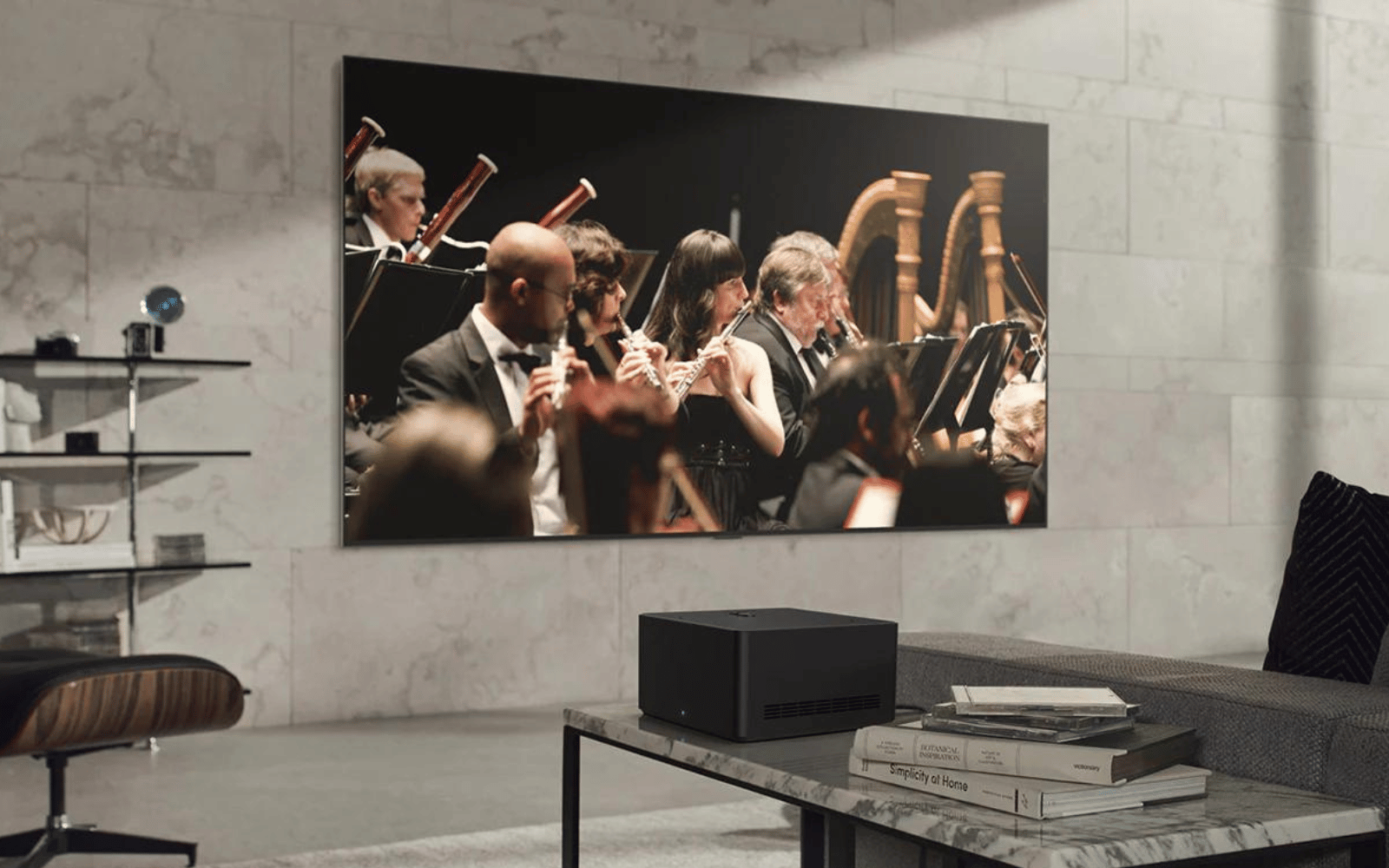 LG’s OLED TVs don’t have much in the way of competition out there. We’ve often remarked that we have no idea how the company will improve on newer models. Turns out, there’s still room for improvement if you’re willing to pay for it. The company has worked out how to make its TVs wireless and it showed off that innovation at CES 2023. The power cable sticks around but everything else is connected to LG’s Zero Connect box (take that, Samsung). This, in turn, beams information wirelessly to the screen. That means no fiddly cable management and trying to make neat. It also means that mounting your massive OLED screen on the wall is a simpler affair. There are still downsides to be had. A 77in 4K wireless screen will clock in at something around R80k, based on estimates. At that point, it’s cheaper to hire someone to arrange your cables for you. Still, it’s quite an achievement on LG’s part.
LG’s OLED TVs don’t have much in the way of competition out there. We’ve often remarked that we have no idea how the company will improve on newer models. Turns out, there’s still room for improvement if you’re willing to pay for it. The company has worked out how to make its TVs wireless and it showed off that innovation at CES 2023. The power cable sticks around but everything else is connected to LG’s Zero Connect box (take that, Samsung). This, in turn, beams information wirelessly to the screen. That means no fiddly cable management and trying to make neat. It also means that mounting your massive OLED screen on the wall is a simpler affair. There are still downsides to be had. A 77in 4K wireless screen will clock in at something around R80k, based on estimates. At that point, it’s cheaper to hire someone to arrange your cables for you. Still, it’s quite an achievement on LG’s part.
Withings U-Scan
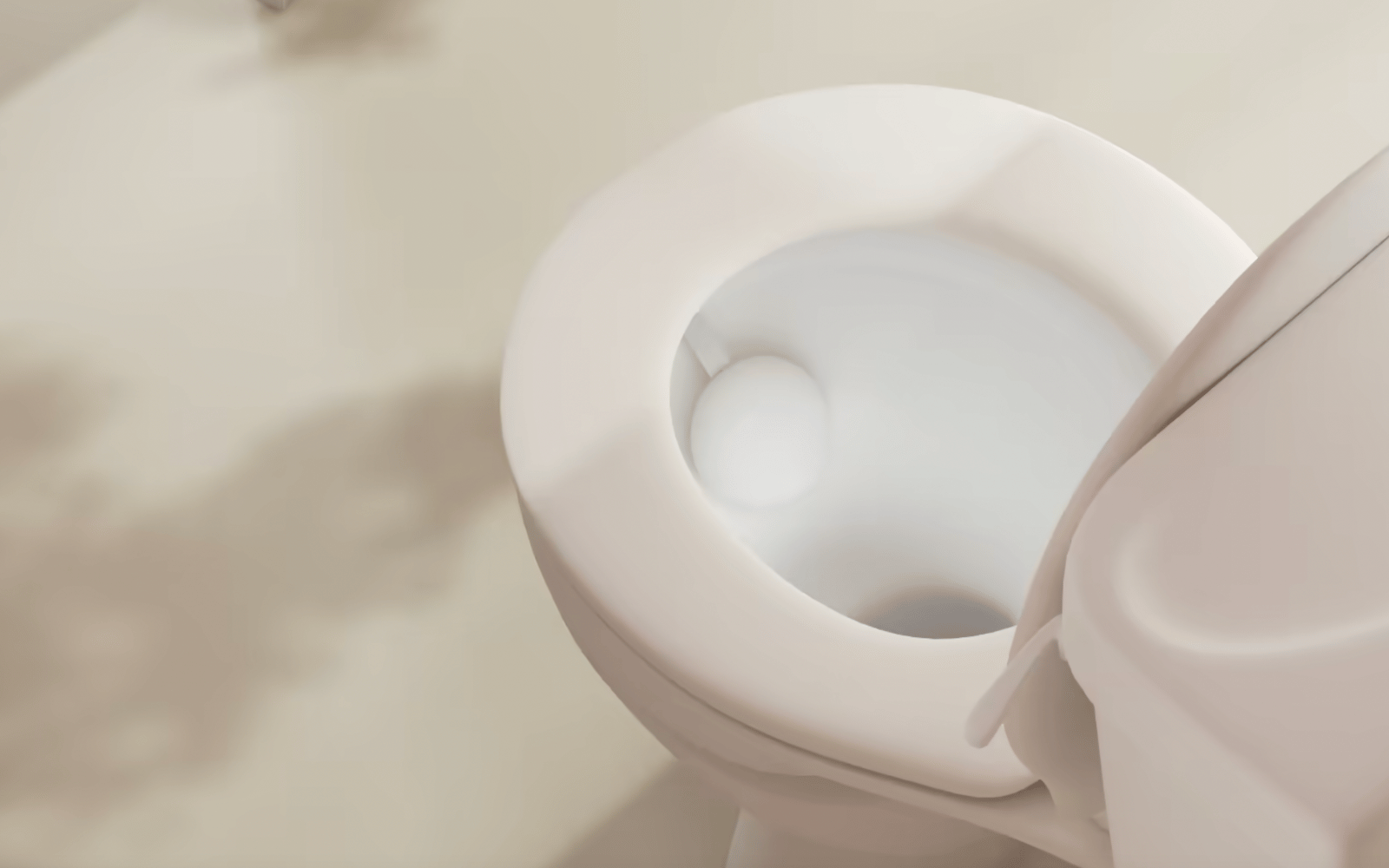 You already track your steps and sleep and sometimes your fluid intake. But nobody’s tracking the fluid they excrete on a regular basis. Not yet, anyway. The Withings U-Scan, a candidate for one of the strangest devices seen at CES 2023, is possibly also one of the most useful. It’s able to track a woman’s cycle, thanks to biomarkers found in urine. Hydration and nutrition insights are also possible, as well as pH and ketone information. Because those are things we all need to know about ourselves right now. Plus, it’ll give dudes something to aim for when they’re taking a whizz, which might keep the floors at least a little less damp. Maybe. Withings’ U-Scan is set to launch in the second half of this year. Honestly? We don’t think we can hold it in for that long.
You already track your steps and sleep and sometimes your fluid intake. But nobody’s tracking the fluid they excrete on a regular basis. Not yet, anyway. The Withings U-Scan, a candidate for one of the strangest devices seen at CES 2023, is possibly also one of the most useful. It’s able to track a woman’s cycle, thanks to biomarkers found in urine. Hydration and nutrition insights are also possible, as well as pH and ketone information. Because those are things we all need to know about ourselves right now. Plus, it’ll give dudes something to aim for when they’re taking a whizz, which might keep the floors at least a little less damp. Maybe. Withings’ U-Scan is set to launch in the second half of this year. Honestly? We don’t think we can hold it in for that long.
HTC Vive XR Elite
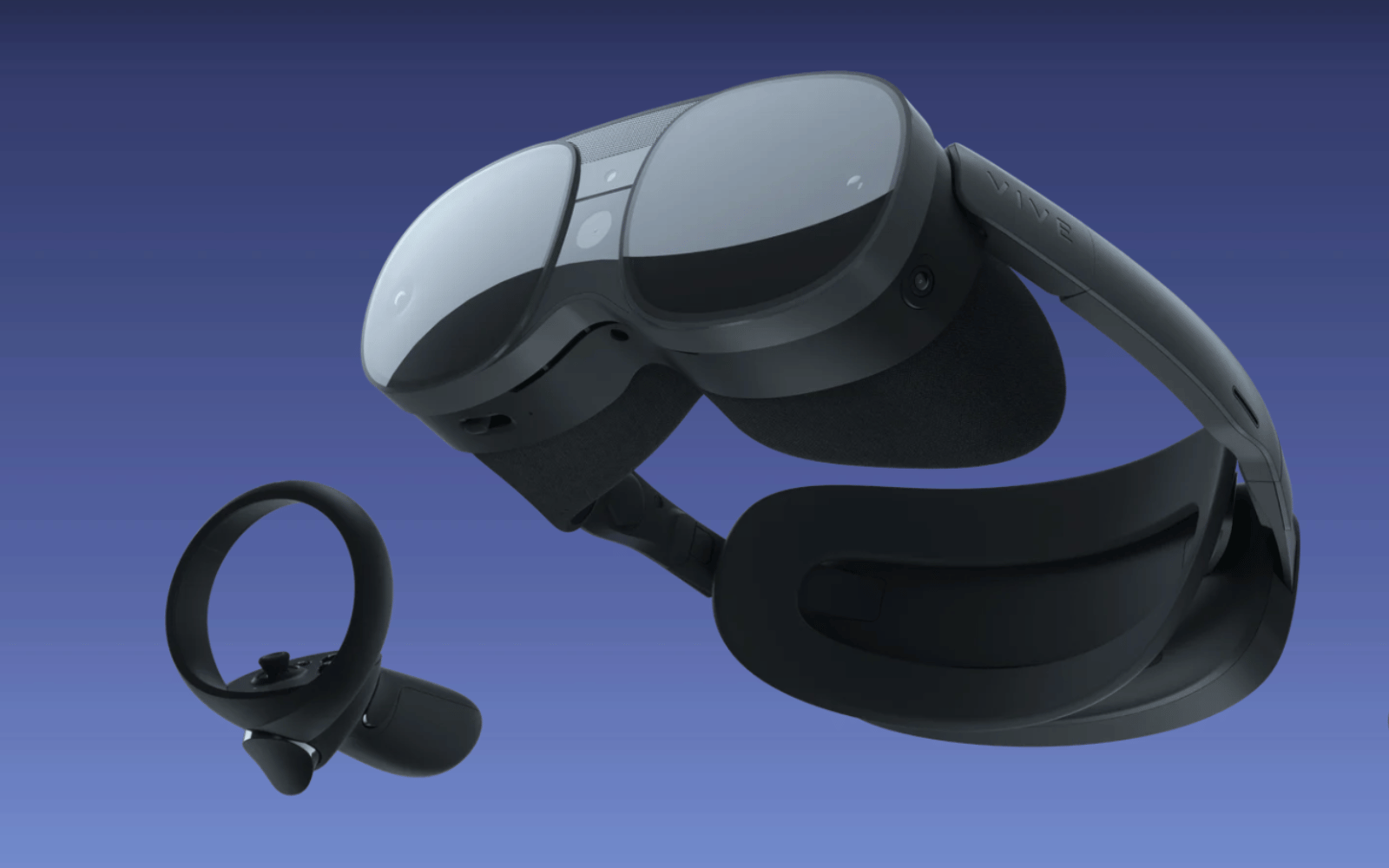 Meta certainly has enough money to win the virtual reality war. But HTC’s Vive XR Elite headset, unveiled at CES 2023, has us doubting whether the company has the capability. See, the new Meta Quest Pro, the company’s ‘next generation’ VR hardware, launched at a frankly stupid $1,500. It’ll cost you R45,000 to own one in SA. HTC’s own hardware is a more-affordable $1,100. That’s still R18k but you’re getting decent optics, mixed reality capabilities, and a truly lightweight experience. With the battery, it weighs just 625 grams. But you can stash the battery elsewhere in case you don’t want the weight on your neck. It works as a wireless and wired (via USB-C) headset but remains incredibly portable for all that. Finger tracking, finger sensing on the controllers, highly adjustable diopters, and face and eye tracking planned for a later date should all make Zuckerberg’s Reality Labs just a little nervous.
Meta certainly has enough money to win the virtual reality war. But HTC’s Vive XR Elite headset, unveiled at CES 2023, has us doubting whether the company has the capability. See, the new Meta Quest Pro, the company’s ‘next generation’ VR hardware, launched at a frankly stupid $1,500. It’ll cost you R45,000 to own one in SA. HTC’s own hardware is a more-affordable $1,100. That’s still R18k but you’re getting decent optics, mixed reality capabilities, and a truly lightweight experience. With the battery, it weighs just 625 grams. But you can stash the battery elsewhere in case you don’t want the weight on your neck. It works as a wireless and wired (via USB-C) headset but remains incredibly portable for all that. Finger tracking, finger sensing on the controllers, highly adjustable diopters, and face and eye tracking planned for a later date should all make Zuckerberg’s Reality Labs just a little nervous.
BMW iVision DEE
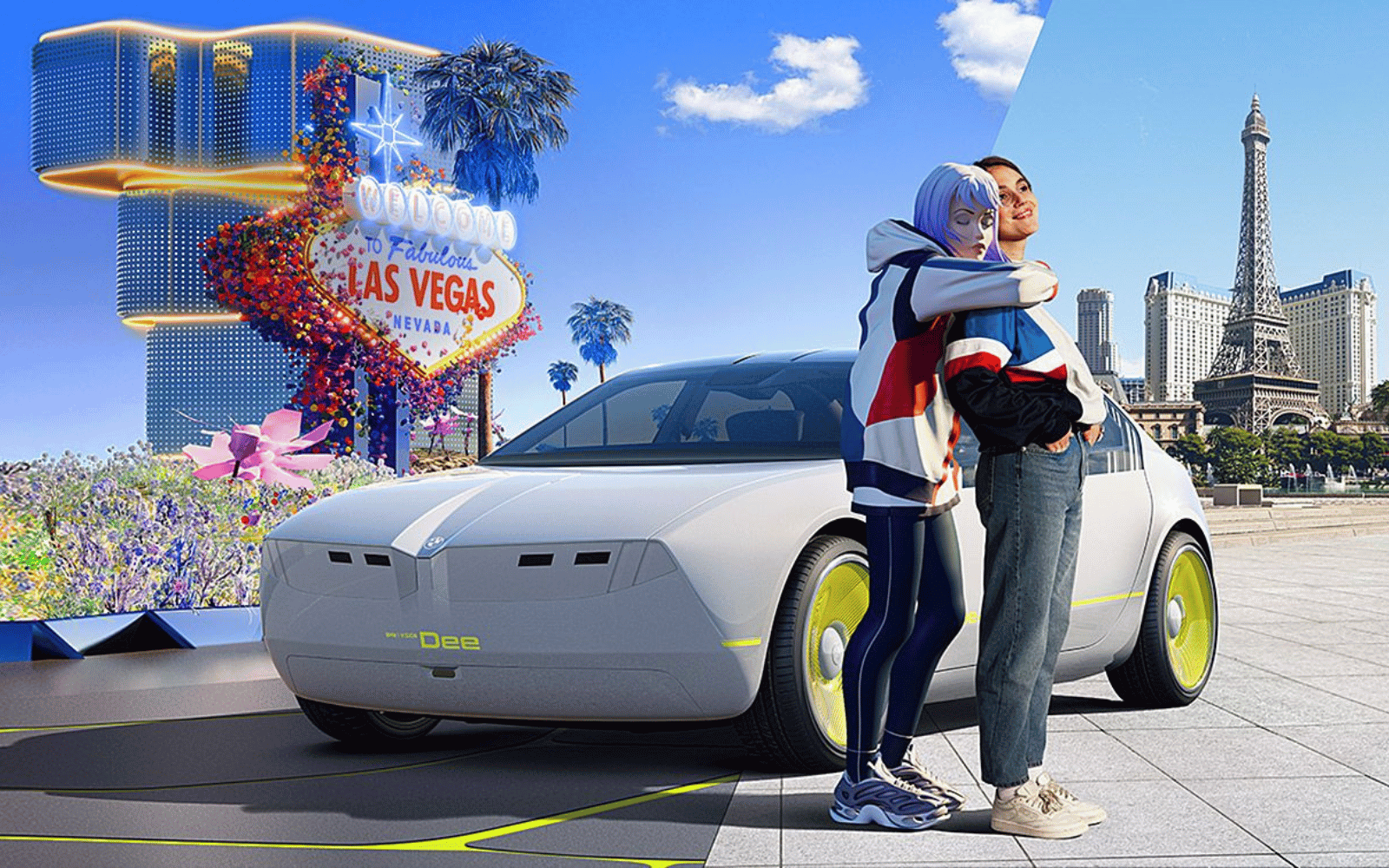 If you’re old enough, you might remember a time when Hot Wheels cars included heat- and cold-dependent colour-changing paint. BMW’s iVision DEE vehicle concept actually brought that idea to life at CES 2023, though it didn’t use anything as crass as paint to do so. Instead, the car is covered in loads of eInk panels (240 of them) and these can be individually coloured any one of 32 different hues. If you’re looking for the most unique vehicle in the parking lot, you can have it. Of course, if you forget what colour your BMW is today, that might cause issues. Still, the iVision DEE is smart in ways that go beyond the body.
If you’re old enough, you might remember a time when Hot Wheels cars included heat- and cold-dependent colour-changing paint. BMW’s iVision DEE vehicle concept actually brought that idea to life at CES 2023, though it didn’t use anything as crass as paint to do so. Instead, the car is covered in loads of eInk panels (240 of them) and these can be individually coloured any one of 32 different hues. If you’re looking for the most unique vehicle in the parking lot, you can have it. Of course, if you forget what colour your BMW is today, that might cause issues. Still, the iVision DEE is smart in ways that go beyond the body.
It’s also packing interior personalisation tech. It’s voice-activated, for the most part, and there are varying levels of mixed reality experiences available inside. The iVision DEE isn’t really something that you drive. It’s something you are driven in. That said, there still appears to be a steering wheel but BMW’s stripped back on the ‘driving’ side of the vehicle to the point where it looks like an early 1990s vision of a futuristic car. Which… is pretty cool, actually.

